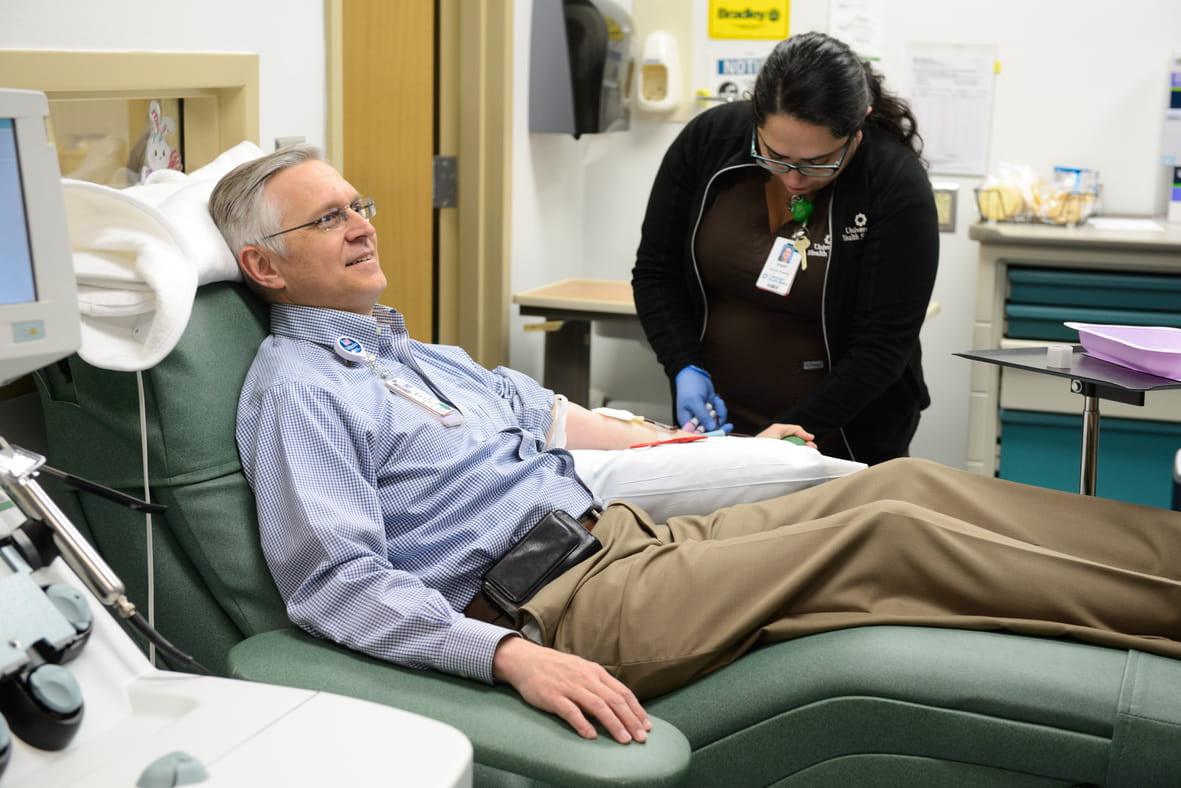With the days getting shorter and fall temperatures starting to drop, one painful Texas tradition unfortunately is heating up. The incidence of knee injuries in sports, particularly a devastating anterior cruciate ligament — or ACL — tear, is rising as more kids return to school sports.
An estimated 250,000 ACL tears occur each year in the United States, with nearly all of those a result of sports or accidental trauma to the knee.
The ACL is a ligament within the knee which prevents the lower part of the knee from moving forward on the upper part. It also prevents rotation and bending inward at the knee. Structurally, the ACL is able to resist around 400 pounds of force before tearing. That said, nearly 70 percent of ACL tears are non-contact injuries that normally occur with someone planting or cutting on one leg.
This is especially true of young female athletes, who are three times more likely to sustain an ACL tear than their male counterparts — with female soccer players being nearly eight times more likely to be hurt. There are many factors that make females vulnerable. More young women are participating in sports than they did 20 years ago, for one. However, a few non-modifiable internal factors — such as a wider hip structure, narrow notching in the bones of the knee and thin structure of the ACL — all can contribute to the predisposition of a tear in females.
On the contrary, there are some modifiable biomechanical factors that have been shown in recent years to diminish the likelihood of an ACL tear. These have been studied mainly in females, but are being found to hold true with male athletes as well. Programs specifically focused on hip and knee biomechanics with jumping and loading has been shown to diminish risk of ACL tears by 50 percent in female athletes. This can be achieved by strengthening specific muscles and high-level plyometric activities under professional supervision.
Even with training, ACL tears are bound to happen. If a tear occurs, a common option is a reconstruction of the ligament; the ACL does not repair itself. The surgical decision rests somewhat on the expected activity level of the individual in combination with their age. The recovery period and return to sports is generally six to 12 months after surgery. However, the current reinjury rate is around 10 percent in the same knee, and 30 percent overall. It’s not uncommon for females to experience a tear in the opposite knee if improper biomechanics continue post-surgically.
With ACL injuries on the rise for all young athletes, keep in mind proper training and biomechanics with lower weight targeting the right muscles may provide more injury prevention in the upcoming season than yearlong strength training. Taking little steps now may save you a year of rehab in the future.
Got a question about ACL rehab or prevention? The physical therapists at University Health System can help. Email scott.rippentrop@uhs-sa.com or ricardo.hernandez@uhs-sa.com.
Scott Rippentrop, PT, DPT and Ricky Hernandez, PT, DPT, are physical therapists at University Health System.
Photo courtesy Pixabay




